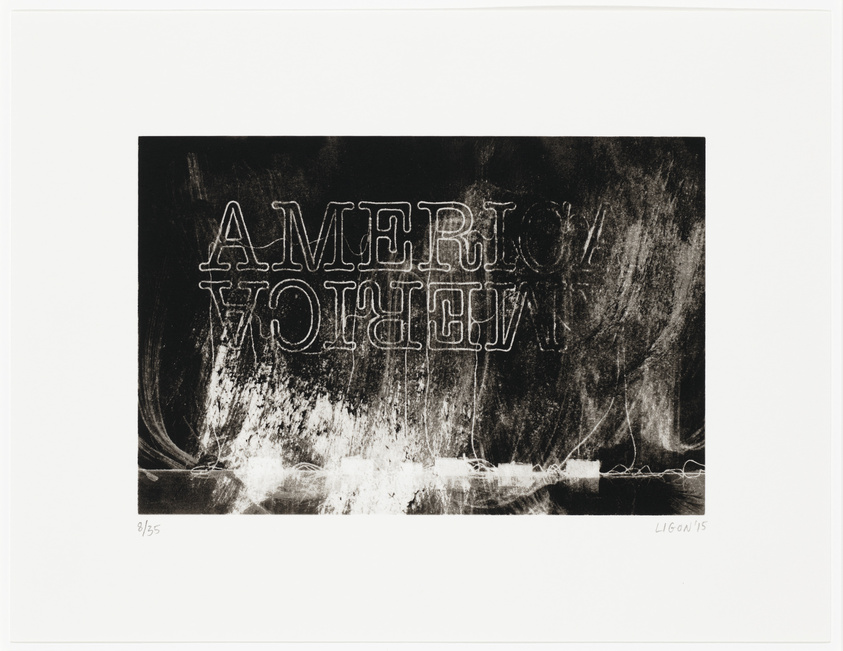0:00
Introduction to Glenn Ligon: AMERICA
0:00
Adam Weinberg: Welcome to Glenn Ligon: America. I’m Adam Weinberg, Alice Pratt Brown Director of the Whitney Museum of American Art.
Glenn Ligon was born in 1960 and raised in the Bronx. He excelled at art as a child, studied painting in college, and began his career as an abstract painter. Then, in 1985, his work underwent a dramatic change. Ligon entered the Whitney Museum’s Independent Study Program, which emphasized more conceptual approaches to art making. Growing increasingly frustrated with what he saw as the limitations of abstract painting, he began to incorporate text in his paintings as a way of introducing new subject matter and a broad range of references into the work. He then developed what would become his signature style through the use of stencils that leant a physicality to his text-based painting. Since that time, text has became a vital part of Ligon’s work, and as you will see today, he has used it in an astonishing variety of ways.
Ligon has also used found images in his work. The 1996 screen print, called Hands, on view nearby is drawn from news photographs. A sea of hands raised against a dark sky suggests a moment of solidarity or, perhaps, affirmation. But who are these men and what are they pledging? Through this simple, powerful statement, Ligon explores what it means to be an individual, and what it means to be part of a group. He has returned to these questions again and again over the course of his career, often exploring the thorny issues of identity in relation to race, sexuality, and gender.
Few artists in the Whitney’s history have had as close a relationship with the Museum as Glenn Ligon has, dating back to his time in the Independent Study Program. We hold the largest institutional collection of his work, and Ligon has appeared in landmark exhibitions including as the 1993 Whitney Biennial and Black Male in 1994. This retrospective honors Ligon’s remarkable artistic achievement and celebrates our long relationship with him.
